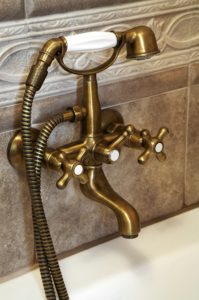
Copper Bronze Recycling 317-244-0700
Common Variations of Bronze:
1. Aluminum Bronze
Aluminum bronze has superior strength and corrosive-resistant qualities. It contains several additives to achieve this level of performance, anywhere 6% to 12% of aluminum, and at the most, 6% iron and 6% nickel. You will see aluminum bronze in few industries, but common applications include the manufacturing of marine hardware, sleeve bearings, and pumps that transport corrosive fluids.
2. Phosphor Bronze
Phosphor bronze is also called “tin bronze” because it generally contains between 0.5% to 1% tin and between 0.01% and 0.35% phosphorous. This combinations gives the metal alloy incredible strength, but also fine grain, durability, high fatigue resistance, and a low coefficient of friction. The anti-corrosive and strength qualities are thanks to the tin content, while the rest is a result of sufficient phosphorous levels. It is most commonly used to manufacture anti-corrosive equipment, as well as, electrical components, washers, springs, bellows, and more.
3. Nickel Brass
Also known as “nickel silver”, nickel brass is a metal alloy made up of copper, tin, and you guess it, nickel. The nickel content renders the metal a silver color, while the copper and tin provide tensile strength and corrosive-resistant qualities. For these reasons, it is used often to make musical instruments, optical equipment, food and beverage equipment, and more.
4. Silicon Bronze
Also called “red silicon bronze”, silicon bronze contains copper, but also silicon and zinc. Most often, it has a zinc content of 20%, and a silicon content no greater than 6%. The most common application is the manufacturing of pumps and valves parts.
5. Copper Nickel
Copper nickel has a high content of nickel, giving it its name. However, the actual amount of nickel can range greatly. The nickel content can be as low as 2%, or as high as 30%! And like the other bronze alloys, it is strong and corrosive-resistant. But it also has high thermal stability, making it useful in the manufacturing of electronic components, marine equipment, ship hulls, and more.
Recycle Scrap Metal for Cash!

Indianapolis Metal Recycling 317-244-0700
